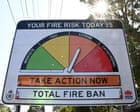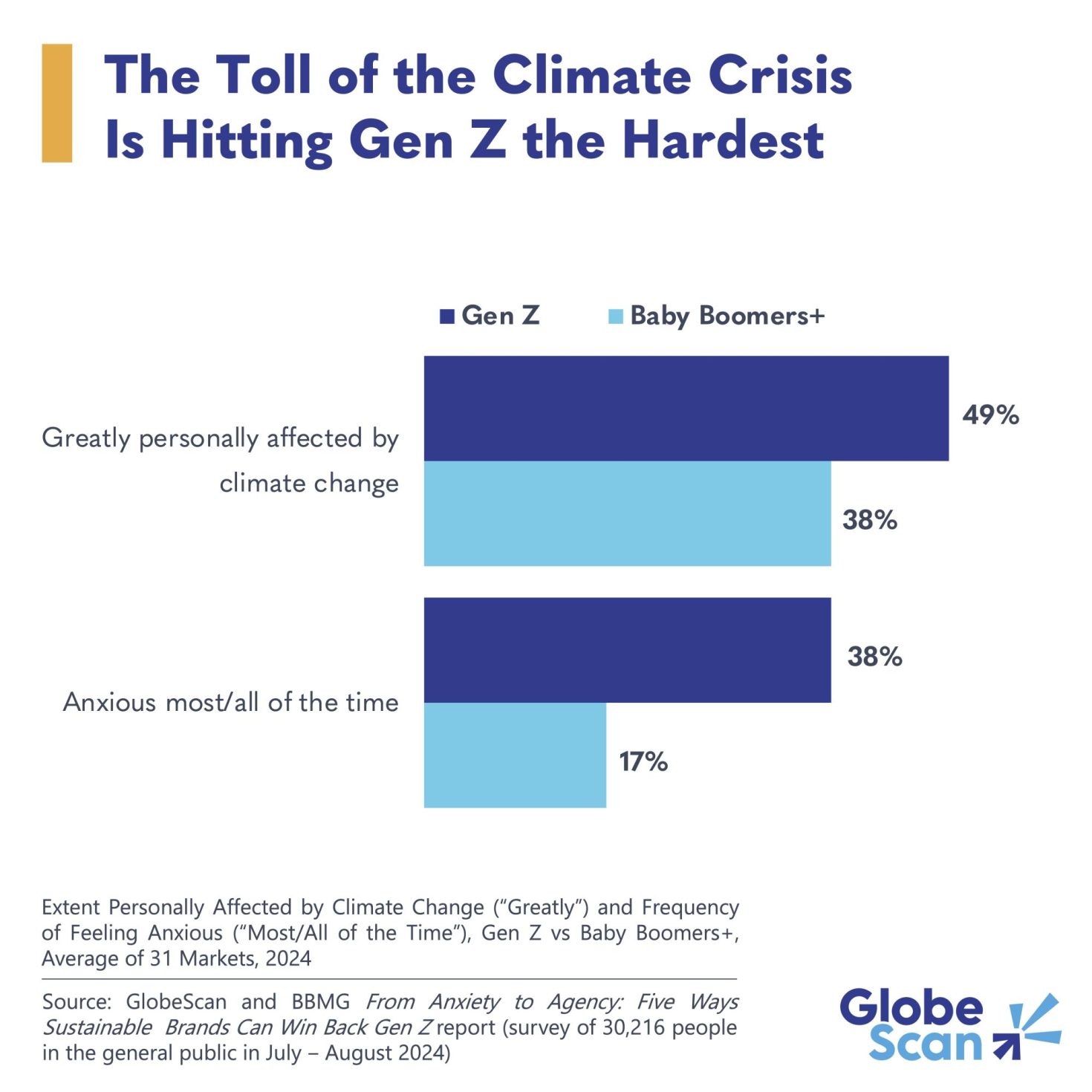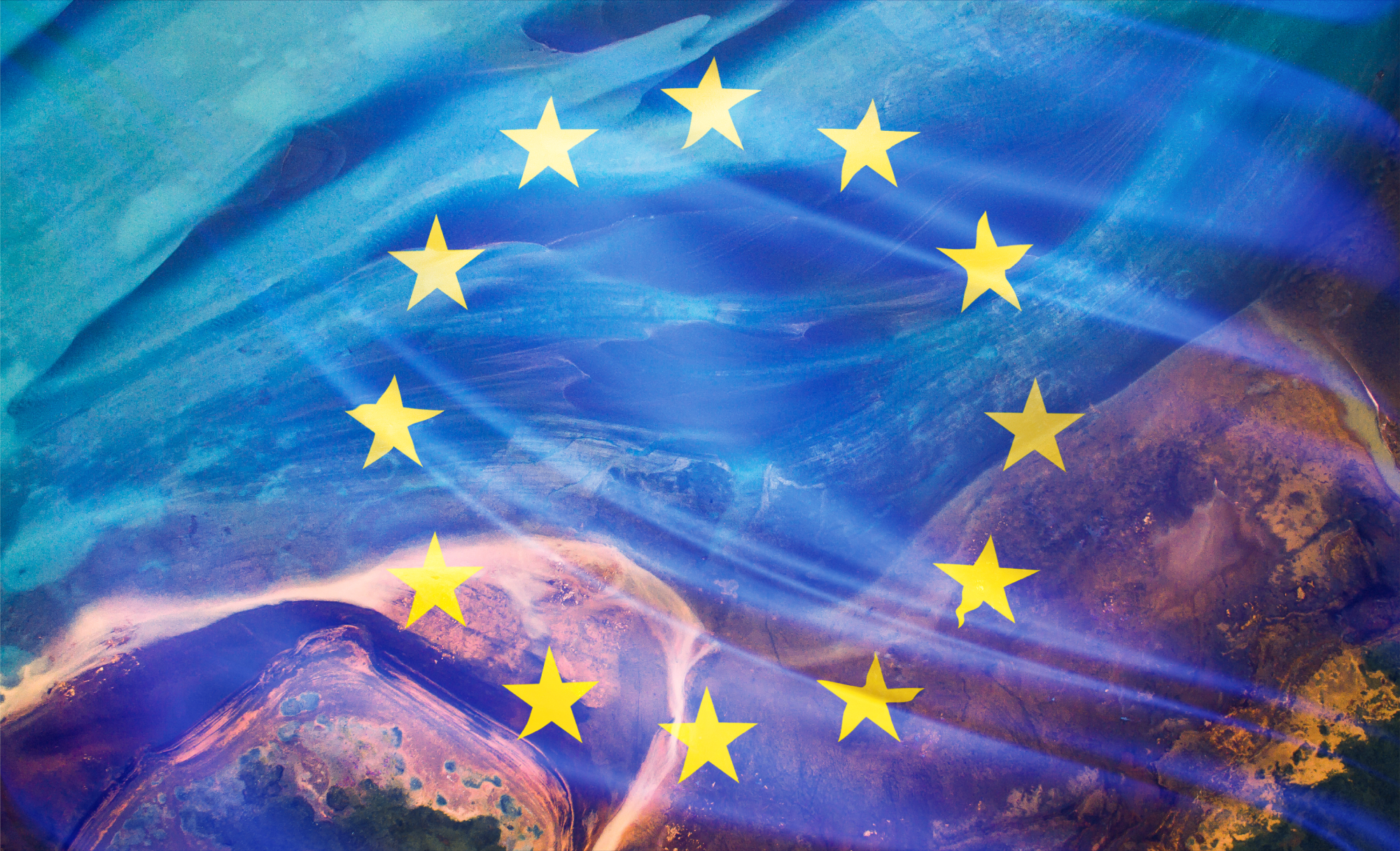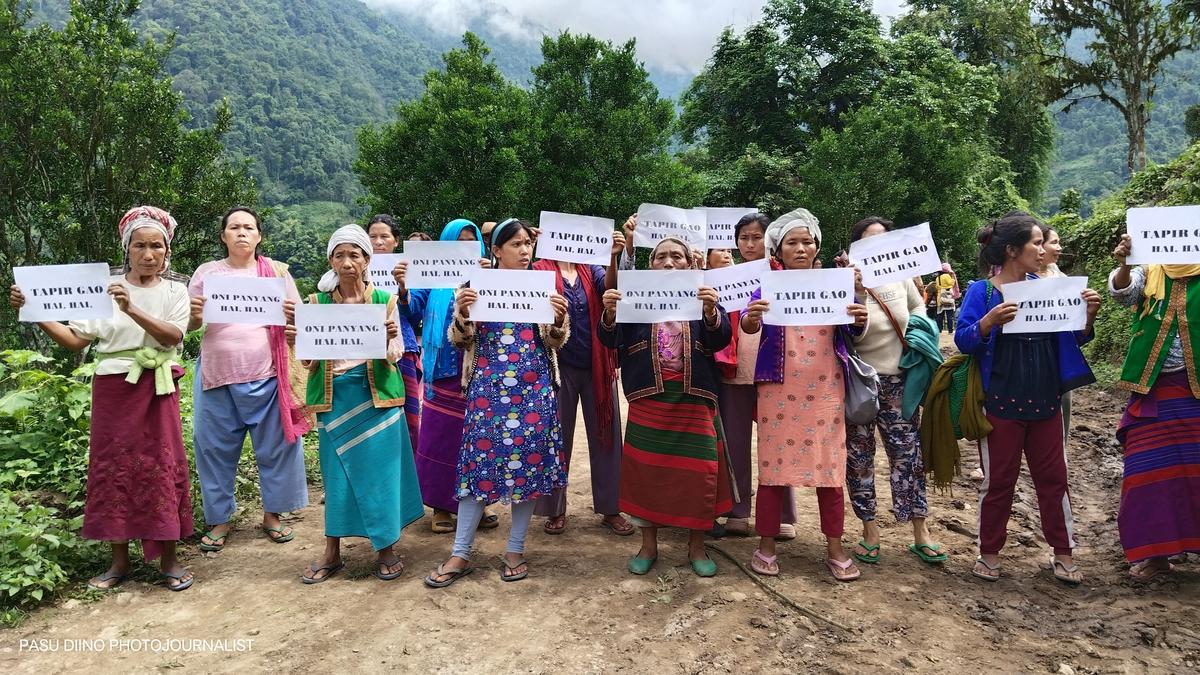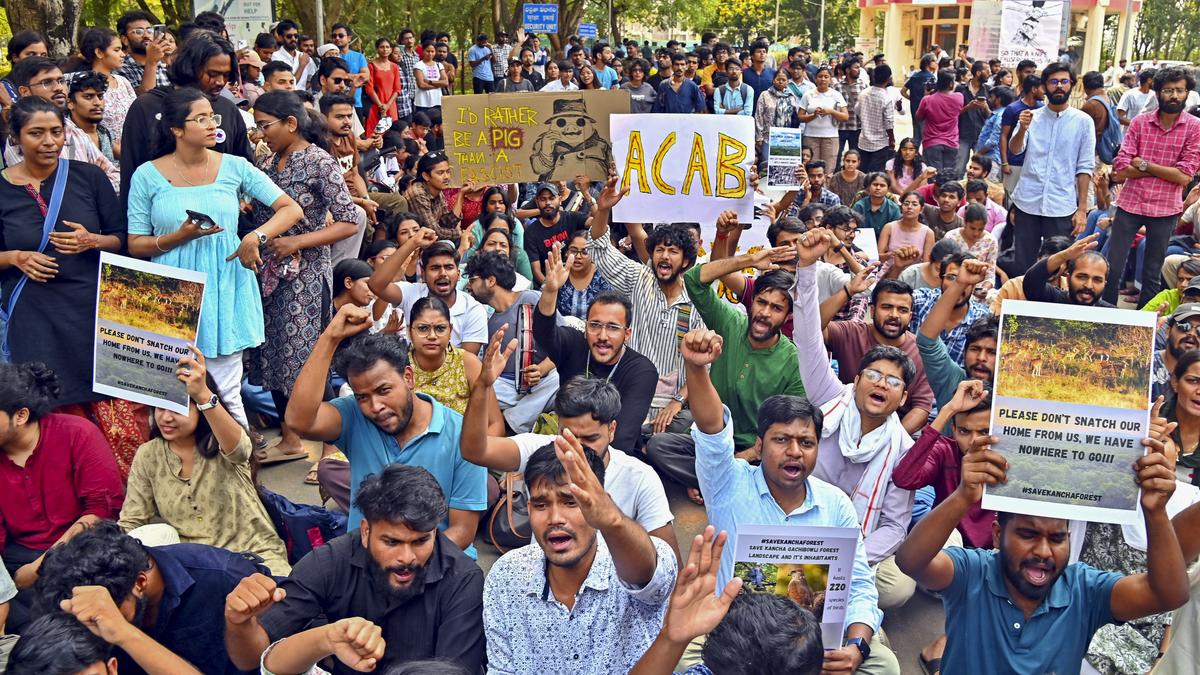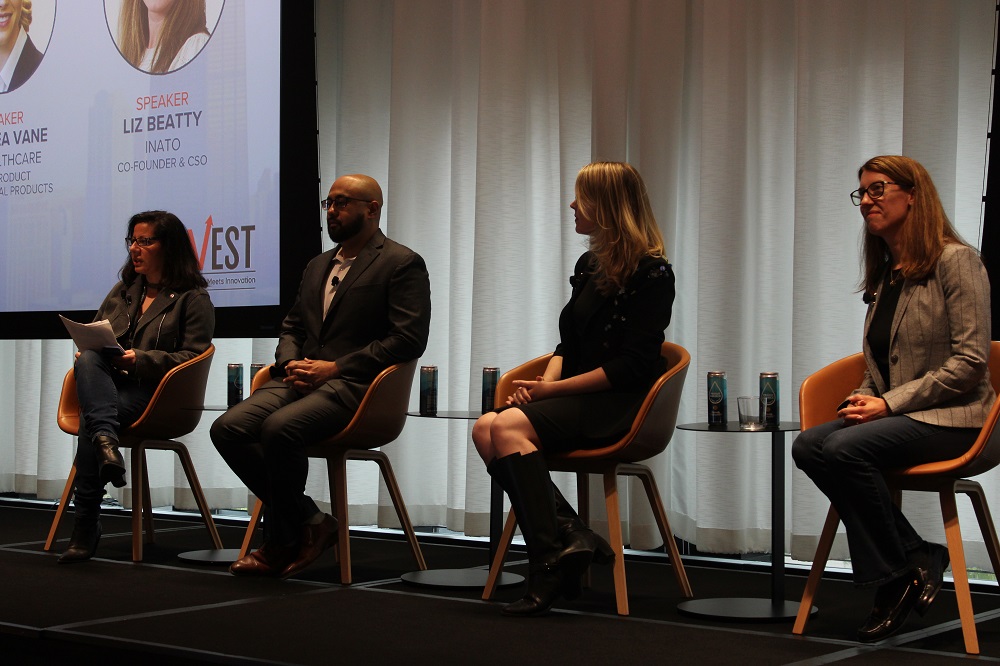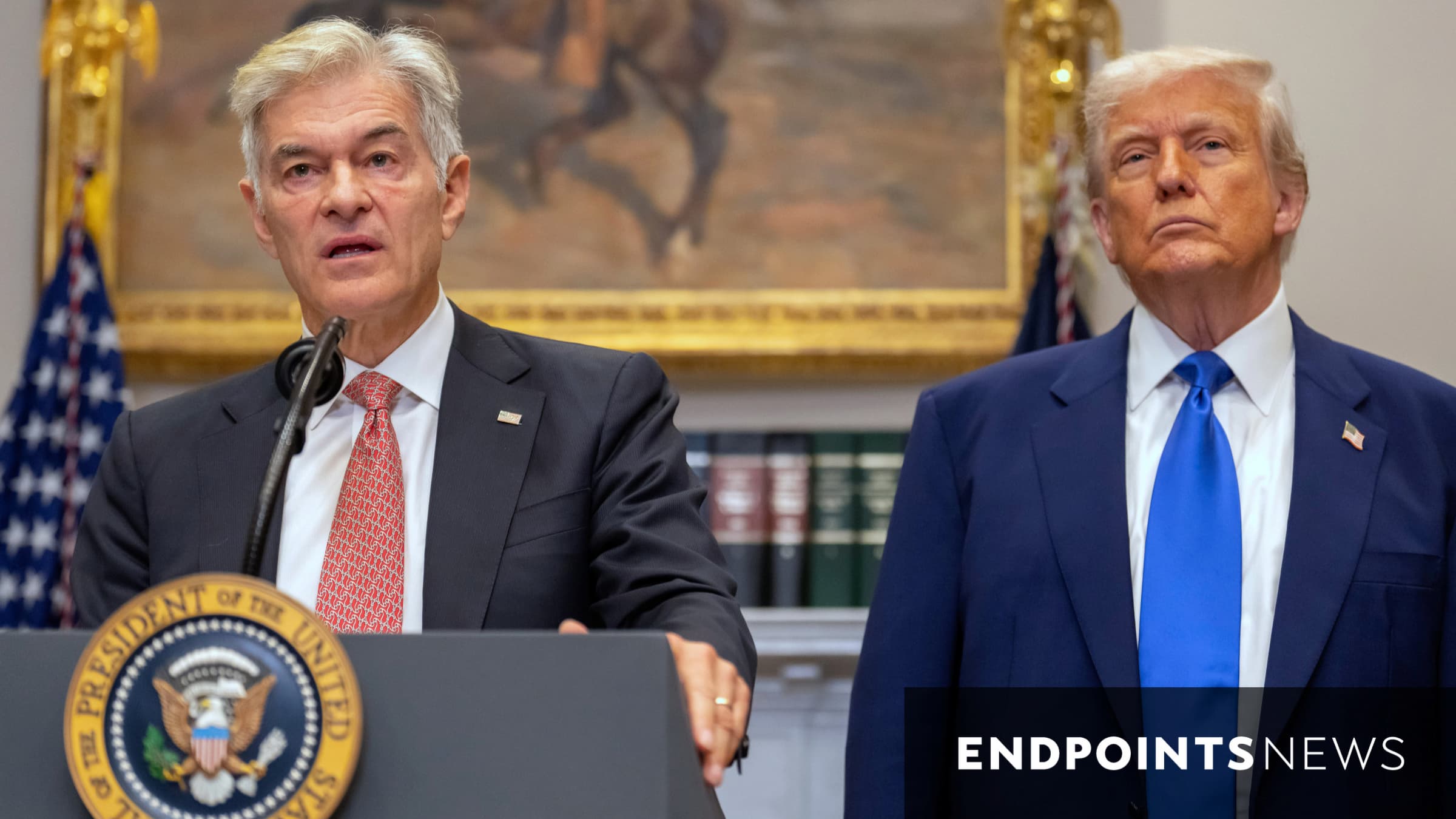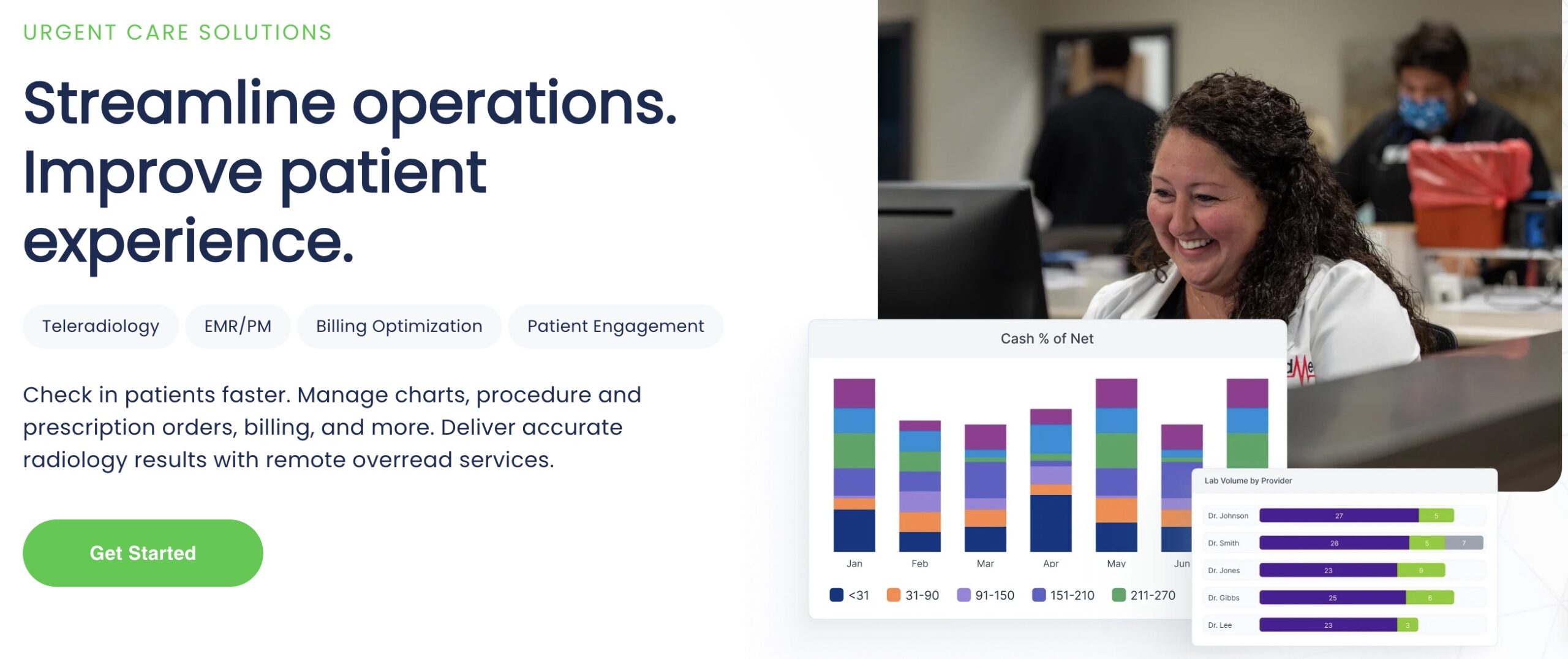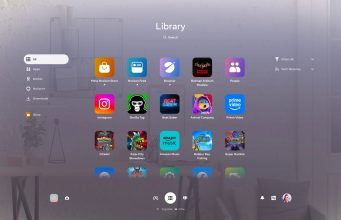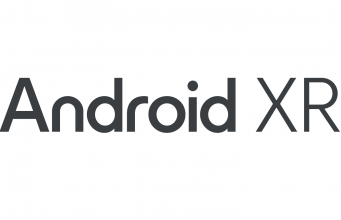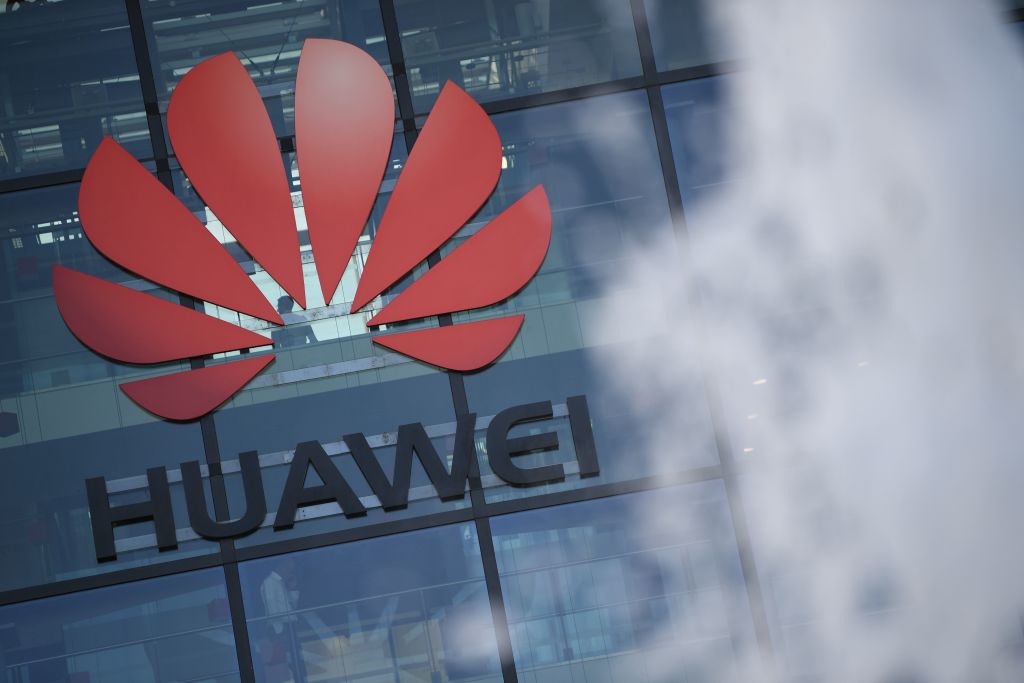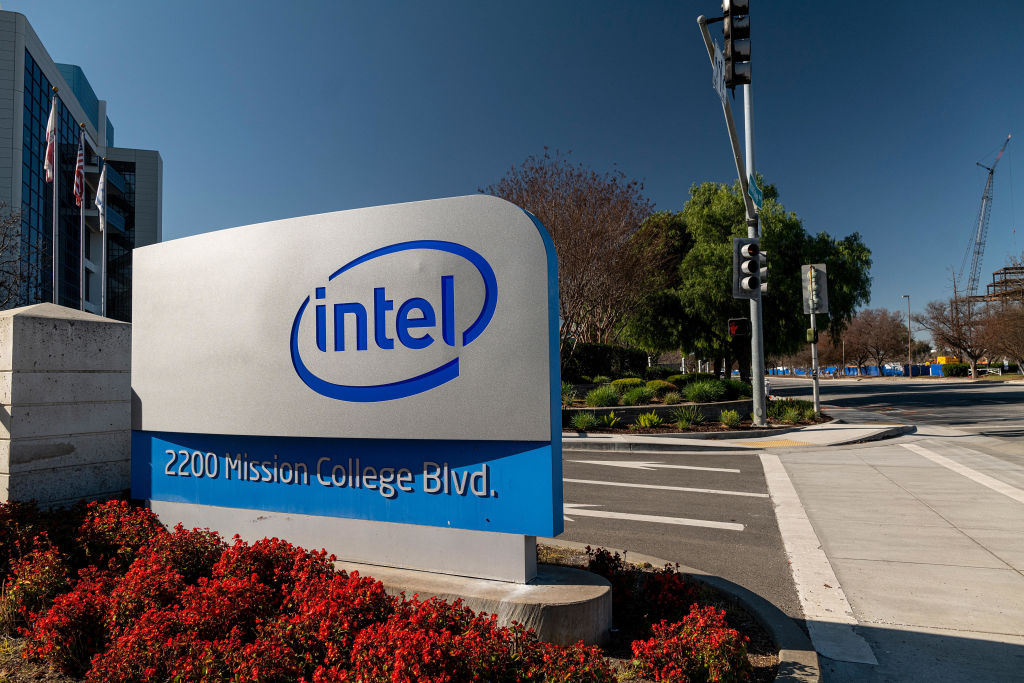What renewable energy buyers should know about proposed Scope 2 accounting changes
The GHG Protocol is updating the rules for how organizations can claim emissions reductions for renewable energy purchases. The post What renewable energy buyers should know about proposed Scope 2 accounting changes appeared first on Trellis.

The Greenhouse Gas Protocol is considering emissions accounting rule revisions that will make the process of claiming reductions from corporate renewable energy contracts more complicated, especially for companies with smaller electricity loads or highly distributed operations, according to those with knowledge of the discussions.
The GHG Protocol is the nonprofit that manages the guidelines that 97 percent of companies use to calculate and report on greenhouse gas emissions. Many of its rules are being overhauled after a major call for feedback two years ago, including the one covering Scope 2, emissions associated with energy purchases.
Many clean energy buyers agree that an update is overdue: the Scope 2 guidance was originally created in 2015. Those familiar with proposed changes in the current revision, however, worry that making them mandatory will make it tougher for corporate buyers to justify new deals.
Two influential trade groups, the Clean Energy Buyers Association (CEBA) and the American Council on Renewable Energy (ACORE), sent letters to the chair of the GHG Protocol’s standards board urging it not to make the revisions too strict.
“The Clean Energy Buyers Association is deeply concerned with the current direction of the Scope 2 guidance revision process,” the organization’s CEO, Rich Powell, said in a two-page letter, made public May 23. “If the process stays this course, we fear that many corporate clean energy buyers may pull back on investments in clean energy.”
ACORE’s six-page missive, dated April 25 (shared with Trellis but not made public), sounds a similar alarm: “At a time when clean energy companies face significant global and domestic headwinds, an overly restrictive approach for GHG reporting requirements that shrinks the number of voluntary purchasers could be a breaking point for many companies in the clean energy market.”
Why the guidance matters
The current Scope 2 rule lets companies claim emissions reductions by buying enough renewable energy certificates from solar, wind and other zero-carbon sources to match their annual electricity load in the same broad market. For example, a company could claim credits from a wind farm in Nebraska or solar installation in Texas to reduce its U.S. emissions, regardless of where their operations are located.
This framework has inspired hundreds of corporations to sign contracts that put more than 100 gigawatts of clean electricity on the U.S. grid since 2014 — 21.7 gigawatts in 2024 alone.
Both supporters and critics of the methodology say an update is long overdue, and welcome changes that would give corporate claims about renewable electricity purchases more integrity.
“There is a lack of rigor in the current rules,” said Lee Taylor, CEO of REsurety, a firm that facilitates transactions. “The gaps between the dirtiest grids and the clean ones is getting bigger. The carbon intensity of grids is changing. That reality has been true for some time and it’s only growing.”
What’s on the table
The proposed changes as of April 30 are definitely more rigorous.
One revision being considered would require big energy consumers to match actual electricity loads to renewable sources on an hourly basis; those using less than 5 gigawatt-hours per year could still report on a monthly or annual basis.
Another potential modification would narrow market boundaries, requiring companies to make their renewable energy purchases on the same regional grids that serve their physical locations.
Alongside the bigger changes, a subgroup is debating metrics to recognize corporate deals that are “consequential.” That might include, for example, providing a way to account for energy storage installations or to recognize contracts that add more renewables in places where grids are heavily dependent on fossil fuels, even if the buyer doesn’t have a physical presence there.
Minutes of meetings by the technical working group developing the Scope 2 revisions are publicly available and include more details about changes being considered.
GHG Protocol declined to comment on the record, citing the ongoing nature of the process.
What buyers would like to see
Corporate renewable buyers, speaking on background, suggested that the future rules be tiered and some elements made optional. This would give sophisticated buyers a framework for making more specific emissions reduction claims without discouraging companies with smaller loads or that are new to corporate renewable procurement from participating, they said.
“I do think the next phase of procurement needs to be more meaningful than just an annual match and putting it wherever the economics make sense,” said Joey Lange, senior managing director for global renewable energy advisory services at consulting firm Trio. “But you can’t penalize the companies that played by the rules to begin with.”
If GHG Protocol makes the suggestions for more hourly matching and narrower market boundaries mandatory, a majority of CEBA’s 400-plus members would face “serious implementation challenges,” the organization said in its letter. “These accounting changes would fundamentally change the practical context of voluntary procurement.”
A separate survey of clean electricity practitioners conducted between November and February underscores CEBA’s position: 80 percent “lacked confidence” they would be able to comply with scenarios being considered.
“There are companies that feel stuck,” said Roger Ballentine, president of consulting firm Green Strategies, which conducted the survey. Uncertainty over both the rule change and broader macroeconomic conditions is paralyzing the market, he said: “If they want to execute a big deal, are they sure that deal will be okay? It really makes it very tough on procurement people to decide what they should do right now.”
Both CEBA and ACORE urged the GHG Protocol standards board to seek more input from corporate practitioners and renewables developers as the technical working group finalizes its draft. Some of their ideas:
- Solicit more feedback from corporate practitioners.
- Address concerns of renewable energy buyers before a draft is finalized for public consultation.
- Accelerate development of metrics for “consequential” deals, so they are aligned with the broader Scope 2 changes.
- Offer more clarity immediately about how existing contracts will be recognized, so companies don’t postpone new contract negotiations.
- Make some of the stricter proposed revisions optional.
GHG Protocol is expected to publish a draft outlining high-level changes to Scope 2 in the fourth quarter of 2025. Revisions based on that feedback will be circulated in 2026, according to the GHG Protocol website. A final draft isn’t anticipated until 2027, and it’s likely that there will be a grace period before the changes take effect.
The post What renewable energy buyers should know about proposed Scope 2 accounting changes appeared first on Trellis.












